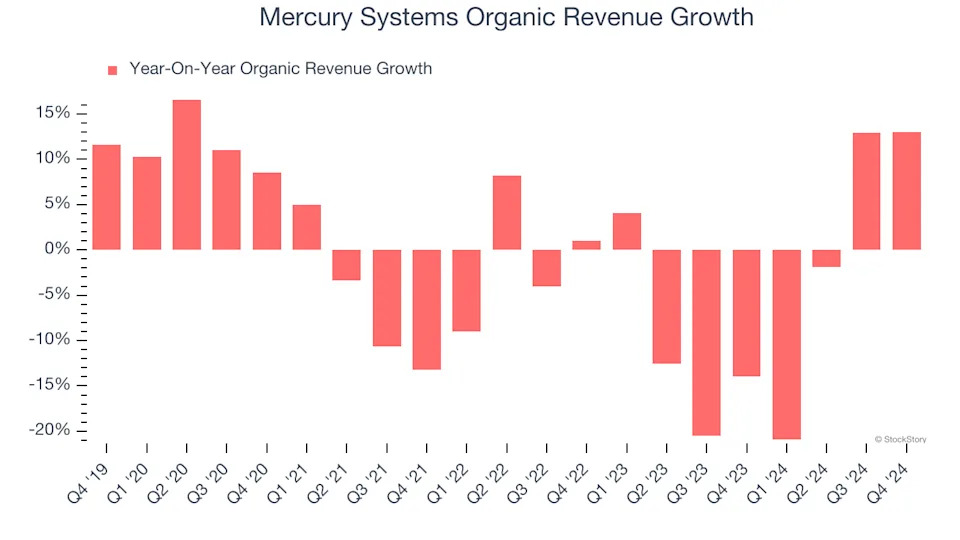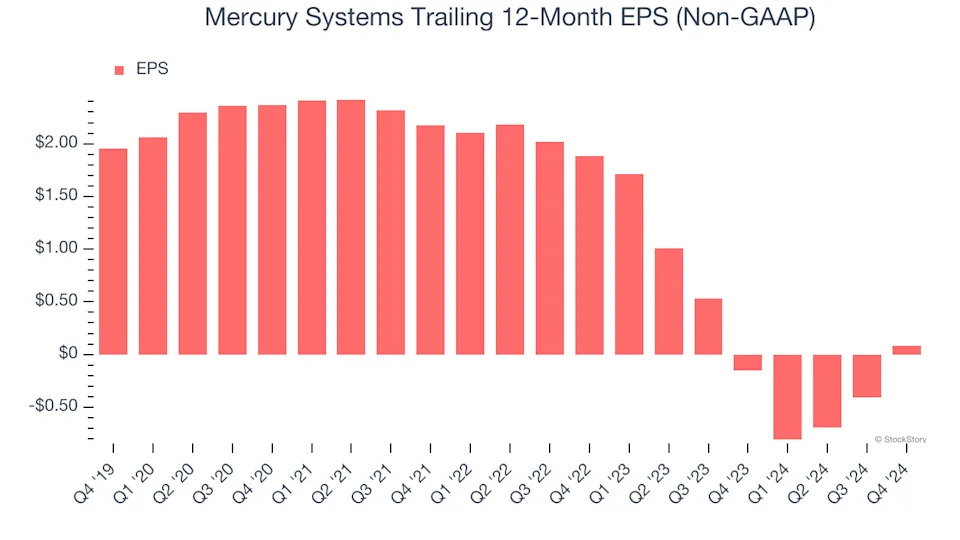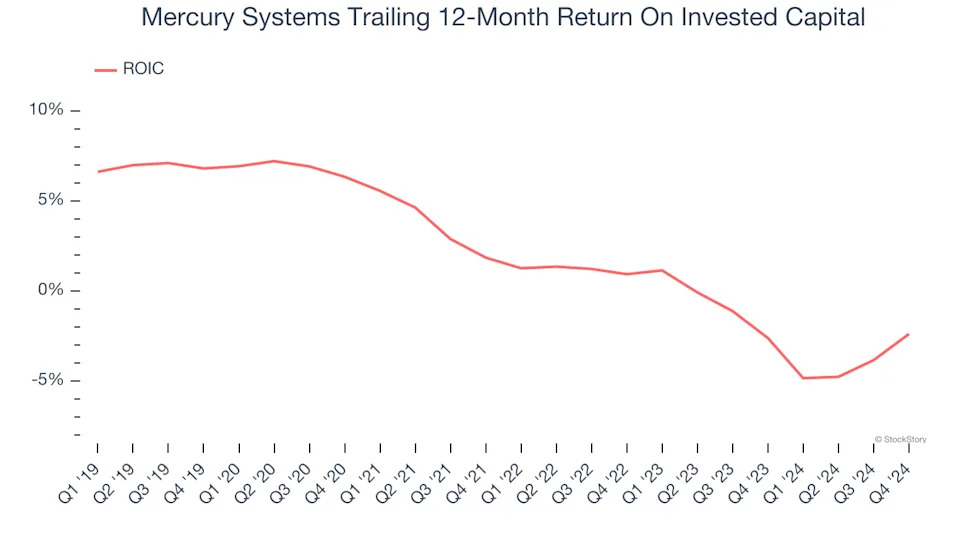
3 Reasons MRCY is Risky and 1 Stock to Buy Instead

Mercury Systems has had an impressive run over the past six months as its shares have beaten the S&P 500 by 25%. The stock now trades at $45.76, marking a 26% gain. This was partly due to its solid quarterly results, and the run-up might have investors contemplating their next move.
Is now the time to buy Mercury Systems, or should you be careful about including it in your portfolio? Dive into our full research report to see our analyst team’s opinion, it’s free .
We’re happy investors have made money, but we're sitting this one out for now. Here are three reasons why you should be careful with MRCY and a stock we'd rather own.
Why Do We Think Mercury Systems Will Underperform?
Founded in 1981, Mercury Systems (NASDAQ:MRCY) specializes in providing processing subsystems and components for primarily defense applications.
1. Core Business Falling Behind as Demand Declines
In addition to reported revenue, organic revenue is a useful data point for analyzing Defense Contractors companies. This metric gives visibility into Mercury Systems’s core business because it excludes one-time events such as mergers, acquisitions, and divestitures along with foreign currency fluctuations - non-fundamental factors that can manipulate the income statement.
Over the last two years, Mercury Systems’s organic revenue averaged 5% year-on-year declines. This performance was underwhelming and implies it may need to improve its products, pricing, or go-to-market strategy. It also suggests Mercury Systems might have to lean into acquisitions to grow, which isn’t ideal because M&A can be expensive and risky (integrations often disrupt focus).

2. EPS Trending Down
Analyzing the long-term change in earnings per share (EPS) shows whether a company's incremental sales were profitable – for example, revenue could be inflated through excessive spending on advertising and promotions.
Sadly for Mercury Systems, its EPS declined by 47.2% annually over the last five years while its revenue grew by 4.1%. This tells us the company became less profitable on a per-share basis as it expanded.

3. New Investments Fail to Bear Fruit as ROIC Declines
A company’s ROIC, or return on invested capital, shows how much operating profit it makes compared to the money it has raised (debt and equity).
We like to invest in businesses with high returns, but the trend in a company’s ROIC is what often surprises the market and moves the stock price. Over the last few years, Mercury Systems’s ROIC has unfortunately decreased. Paired with its already low returns, these declines suggest its profitable growth opportunities are few and far between.
